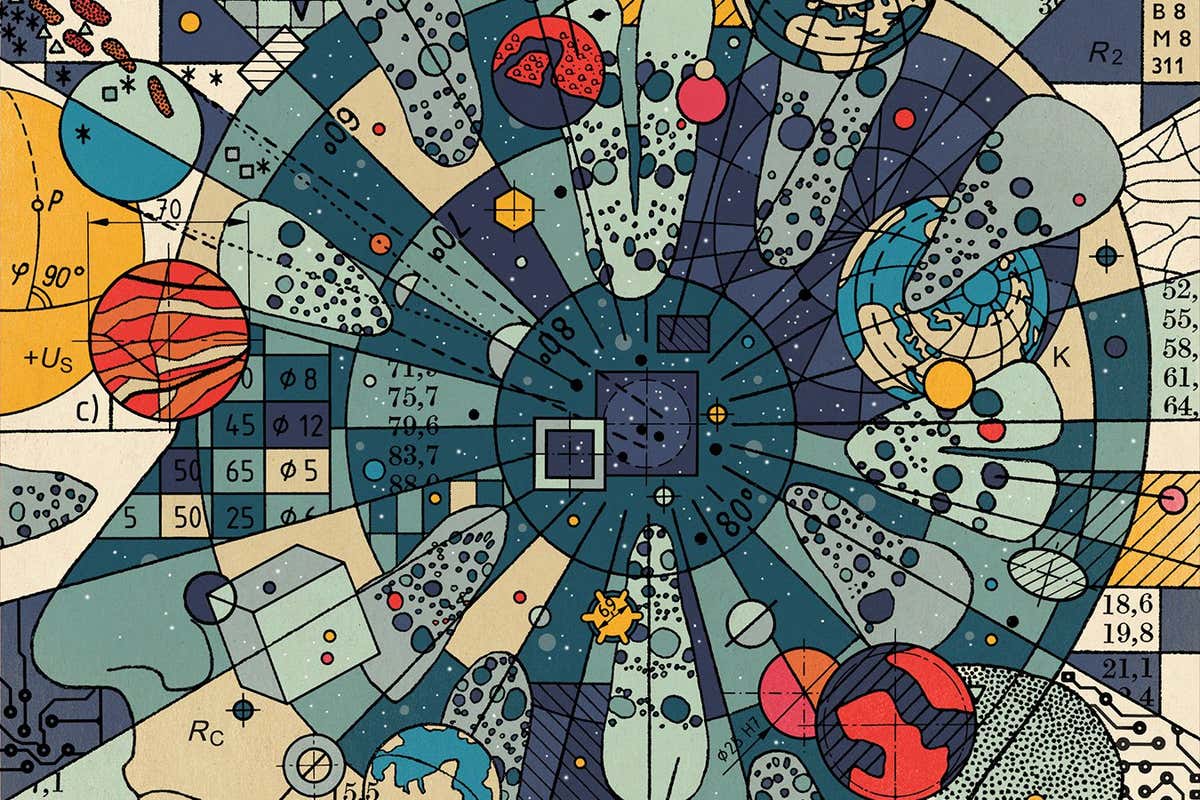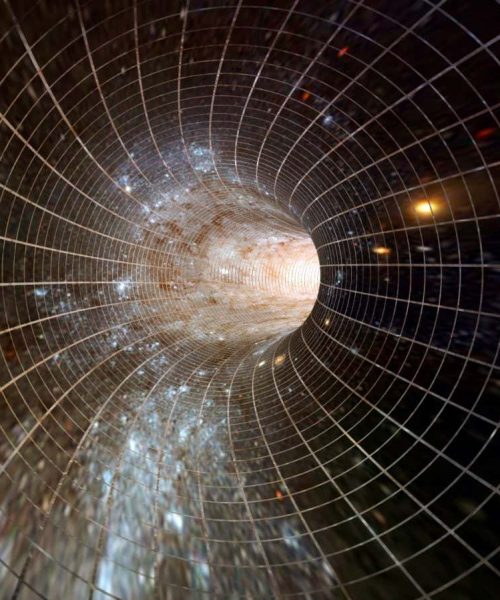
Christian Gralingen
ARE there vastly many near-duplicates of you reading vastly many near-duplicates of this article in vastly many parallel universes? Is consciousness a fundamental property of all matter? Could reality be a computer simulation? Reader, I can hear your groans from here in California.
We are inclined to reject ideas like these on the grounds that they sound preposterous. And yet some of the world’s leading scientists and philosophers advocate for them. Why? And how should you, assuming you aren’t an expert, react to these sorts of hypotheses?
When we confront fundamental questions about the nature of reality, things quickly get weird. As a philosopher specialising in metaphysics, I submit that weirdness is inevitable, and that something radically bizarre will turn out to be true.
Which isn’t to say that every odd hypothesis is created equal. On the contrary, some weird possibilities are worth taking more seriously than others. Positing Zorg the Destroyer, hidden at the galactic core and pulling on protons with invisible strings, would rightly be laughed away as an explanation for anything. But we can mindfully evaluate the various preposterous-seeming ideas that deserve serious consideration, even in the absence of straightforward empirical tests.
The key is to become comfortable weighing competing implausibilities, something that we can all try – so long as we don’t expect to all arrive at the same conclusions.
Let us start by clarifying that we are talking here about questions monstrously large and formidable: the foundations of reality and the basis of our understanding of those foundations. What is the underlying structure…





